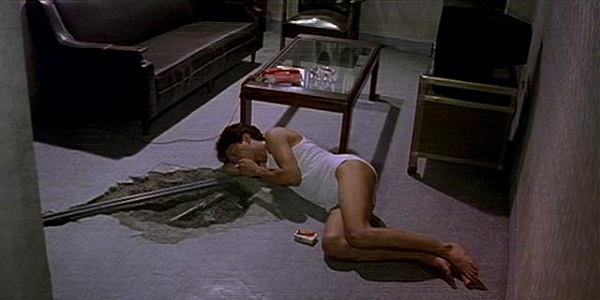Cedar Avenue of Nikkō in Nikko, Japan

Despite not being a single continuous road, the Cedar Avenue of Nikkō is listed in the Guinness Book of World Records as the longest tree-lined avenue in the world. It’s also the only cultural property designated by the Japanese government as both a Special Historic Site and a Special Natural Monument.
After the death of Tokugawa Ieyasu, the founder of the Tokugawa shogunate, the grand Nikkō Tōshōgū shrine was established to entomb his remains. Samurai lords from across the country traveled to Nikkō to visit his grave, and the road from Edo (today’s Tokyo) to Nikkō was rapidly renovated. Matsudaira Masatsuna, a samurai lord who served Ieyasu in his youth, began planting cryptomeria trees imported from Kii Province to honor his former master. He continued to plant them for over 20 years until his death. By 1648, about 15,000 trees had been planted along Cedar Avenue.
After Masatsuna’s death, the trees were handed over to the governor of Nikkō, who tended them with the utmost care. Despite numerous discussions of lumbering, Cedar Avenue was protected and preserved by both the government and the public. Even today, nearly 400 years after the first planting, about 12,500 trees have survived despite the road still being active.
Because of vehicle exhaust emissions and development in the area, an average of more than 100 trees die every year, putting Cedar Avenue in danger of disappearing in less than 100 years at the current pace.
To protect this historic site, Tochigi Prefecture established an “ownership program.” Those who wish can purchase one of the trees for 10 million yen (approximately 95,000 USD), which funds conservation of the trees. Currently, 412 people own 553 of the cryptomeria trees along Cedar Avenue.





